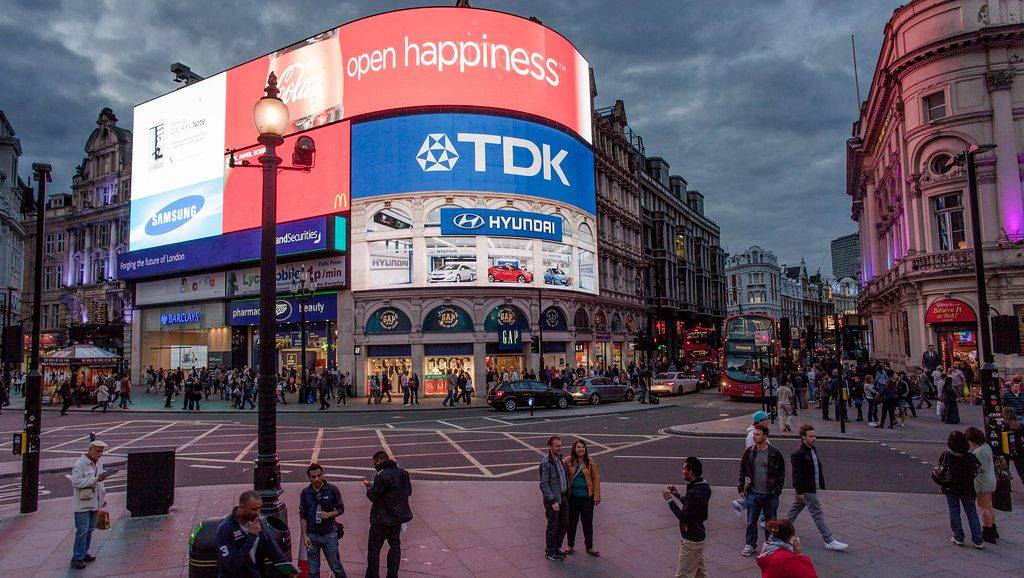Exploring the Power of DOOH (Digital Out of Home) Advertising
Introduction:
In today’s fast-paced digital era, traditional advertising methods are continuously evolving to capture consumers’ attention. One such evolution is the rise of Digital Out of Home (DOOH) advertising, which combines the effectiveness of out-of-home advertising with the dynamic capabilities of digital technology. This blog post will delve into the world of DOOH, its key features, benefits, and its impact on the advertising landscape.
Understanding DOOH:
- Definition: DOOH refers to advertising that utilises digital displays placed in public locations to reach and engage a wide audience.
- Examples: Digital billboards, digital signage, interactive displays, kiosks, and screens in shopping malls, airports, transit stations, stadiums, etc.
Key Features of DOOH:
- Flexibility: DOOH campaigns can be quickly modified or updated with new content, allowing for timely promotions, event announcements, or product launches.
- Interactivity: DOOH can incorporate interactive elements like touchscreens or sensors, enabling audience engagement and personalised experiences.
- Targeting Capabilities: Advanced analytics and data-driven insights enable precise targeting based on location, audience behaviour, or contextual relevance.
- Dynamic Messaging: DOOH allows the delivery of dynamic and relevant messages, enabling advertisers to create highly engaging and personalized campaigns.
- Scheduling and Dayparting: Advertisers can schedule specific content for different times of the day to maximise exposure and relevance.
The Impact of DOOH on Advertising: - Integration with Digital Ecosystem: DOOH compliments online and mobile advertising, creating a seamless and cohesive brand experience across channels
- Innovation and Creativity: DOOH offers endless possibilities for creative executions, fostering innovation and pushing the boundaries of traditional advertising.
- Amplification: DOOH can amplify social media campaigns, event promotions, or product launches, creating a holistic marketing approach.
- Contextual Relevance: DOOH allows advertisers to deliver contextual messages in specific locations, enhancing the relevance and connecting with consumers on a deeper level.
Advantages of DOOH: - Wide Audience Reach: DOOH ads have the potential to reach a large and diverse audience in high-traffic areas, maximising brand exposure and awareness.
- Targeted Advertising: DOOH leverages data-driven insights to deliver targeted ads based on location, audience demographics, or behaviour, ensuring that messages reach the right audience at the right time.
- Measurable Results: DOOH campaigns provide analytics and metrics to measure the effectiveness of advertising efforts, allowing advertisers to optimise campaigns, track ROI, and make data-driven decisions.
Disadvantages of DOOH: - Limited Control Over Placement: Unlike online advertising where targeting is precise, the availability of specific DOOH locations might be limited, restricting control over ad placement.
It’s important to note that the advantages and disadvantages of DOOH advertising can vary depending on specific campaign objectives, execution, and market conditions. Advertisers should carefully consider these factors and assess the suitability of DOOH in their overall marketing strategy.
Conclusion:
Digital Out of Home advertising represents an exciting shift in the advertising landscape, merging the power of traditional outdoor advertising with the dynamic capabilities of digital technology. With its flexibility, interactivity, and targeting capabilities, DOOH offers brands a unique opportunity to engage audiences, deliver personalised messages, and measure campaign effectiveness. As DOOH continues to evolve, it will undoubtedly play a crucial role in shaping the future of advertising and consumer engagement.

